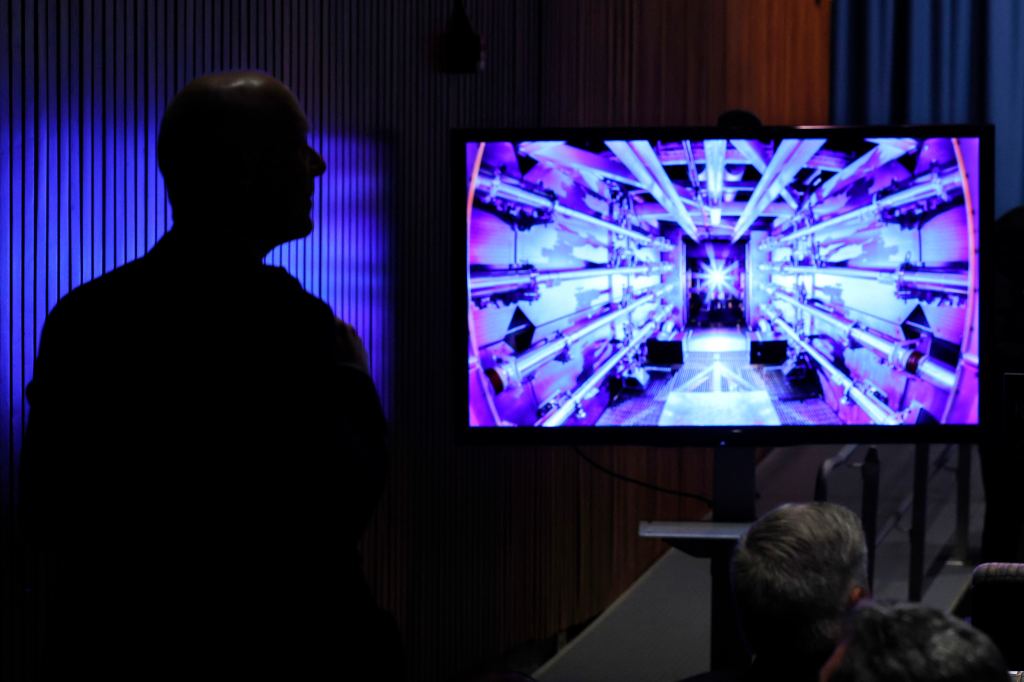The pursuit of fusion energy—a process that replicates the sun’s power generation—has long been heralded as the ultimate solution to humanity’s energy needs. Fusion promises a virtually limitless, clean, and safe energy source. However, achieving practical fusion power has been fraught with technical challenges, not least of which is the procurement of suitable fuel. Hexium, a pioneering startup, is now emerging from stealth mode with a laser-based solution to this critical issue.
The Fuel Dilemma in Fusion Energy
Fusion reactions typically require isotopes of hydrogen, specifically deuterium and tritium. While deuterium is abundant and can be extracted from water, tritium is exceedingly rare in nature. Most fusion startups plan to produce their own tritium through a process involving lithium. When lithium-6, a specific isotope of lithium, is exposed to neutrons, it produces tritium. However, lithium-6 constitutes only about 7.5% of natural lithium, making its extraction and enrichment a significant challenge.
Charlie Jerrott, co-founder of Hexium, recognized this bottleneck during his tenure at fusion startup Focused Energy. He observed that while numerous companies were developing fusion reactors, none were addressing the impending fuel supply chain issues. This realization led Jerrott and his colleague Jacob Peterson to establish Hexium, aiming to secure a reliable source of lithium-6 for the burgeoning fusion industry.
Hexium’s Laser-Based Solution
Hexium has secured $8 million in seed funding to advance its innovative approach to lithium isotope separation. The company’s technology is rooted in Atomic Vapor Laser Isotope Separation (AVLIS), a method developed by the U.S. Department of Energy in the 1980s for uranium enrichment. AVLIS utilizes lasers tuned to specific wavelengths to selectively ionize desired isotopes, allowing for their separation from a mixture.
In Hexium’s application, lasers are precisely calibrated to target lithium-6 atoms within a vaporized lithium cloud. When the laser interacts with a lithium-6 atom, it ionizes the atom, enabling its extraction through electromagnetic fields. This process effectively isolates lithium-6 from lithium-7, facilitating the production of the necessary fuel for fusion reactions.
Jacob Peterson, co-founder of Hexium, emphasizes the precision of their lasers, noting that they operate at energy levels comparable to those used in tattoo removal procedures. This precision ensures that only lithium-6 atoms are ionized, leaving lithium-7 unaffected. The result is a highly efficient and scalable method for producing lithium-6, addressing a critical supply chain issue for fusion energy development.
Implications for the Fusion Industry
The availability of lithium-6 is paramount for the production of tritium, which, in turn, is essential for sustaining fusion reactions. By providing a reliable and efficient means of producing lithium-6, Hexium’s technology could significantly accelerate the timeline for practical fusion energy deployment.
Moreover, Hexium’s approach offers a cost-effective solution to a problem that has long been considered a major hurdle in fusion energy development. Traditional methods of lithium isotope separation are both expensive and inefficient, making them unsuitable for the large-scale production required for fusion reactors. Hexium’s laser-based method, however, promises to deliver the necessary quantities of lithium-6 at a fraction of the cost, making fusion energy more economically viable.
Broader Context and Future Prospects
The fusion energy sector has seen a surge of interest and investment in recent years. In 2023, researchers at the National Ignition Facility (NIF) achieved a significant milestone by repeating a breakthrough fusion experiment, producing more energy than the lasers imparted on the fuel pellet. This achievement demonstrated the potential for net-positive energy gain from fusion reactions, bolstering confidence in the feasibility of fusion power.
Startups like Xcimer Energy have also made headlines, raising substantial funding to develop laser-driven fusion systems. Xcimer secured $100 million in a Series A round to build a prototype of its laser-driven fusion system, aiming to produce higher laser energy at greater efficiency and lower cost compared to previous projects.
Hexium’s emergence adds a crucial piece to the fusion puzzle by addressing the fuel supply chain. Their innovative use of AVLIS technology for lithium isotope separation not only provides a solution to the tritium production challenge but also exemplifies the kind of cross-disciplinary innovation necessary to make fusion energy a reality.
As Hexium moves forward with its plans, the fusion industry will be watching closely. The success of their technology could remove one of the last significant barriers to practical fusion energy, paving the way for a future where clean, abundant, and sustainable power is a reality.



